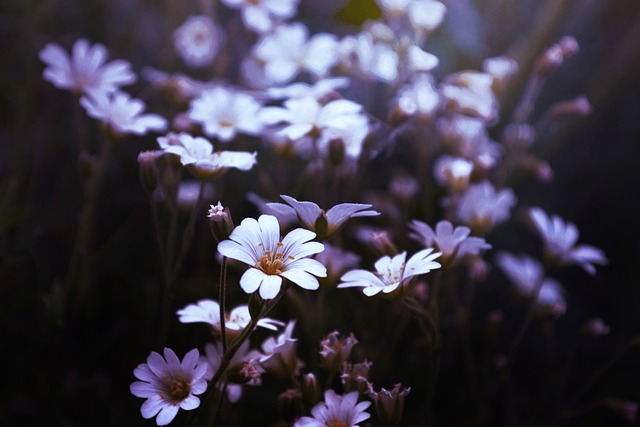Incorporating native plants into your garden design offers substantial money-saving garden tips, reducing water usage by up to 90%, cutting fertilizer and pest control costs, and lowering irrigation bills. These plants promote biodiversity, attract local pollinators, and require minimal maintenance, leading to vibrant, low-maintenance gardens that save homeowners time and money in the long term. Successful initiatives like California Native Plant Society and Chicago's "Green Infrastructure Plan" demonstrate the environmental and economic benefits of this approach.
Looking to slash maintenance costs while enhancing your yard’s beauty? Incorporating native plants is a game-changer. This approach not only reduces water usage by up to 60% but also minimizes weeding, fertilizing, and pest control – saving you time and money. Proven strategies like optimizing cost-effective native gardens and selecting low-maintenance species have shown remarkable success in various climate zones. Industry experts recognize these methods for their efficiency, making your yard both beautiful and budget-friendly. Discover advanced planting techniques to unlock a money-saving garden that thrives with minimal effort.
- Proven Ways to Save with Native Plants
- Optimize Costs: The Power of Native Gardens
- Trust in Nature: Low-Maintenance, High Results
- Advanced Planting for a Money-Saving Yard
Proven Ways to Save with Native Plants
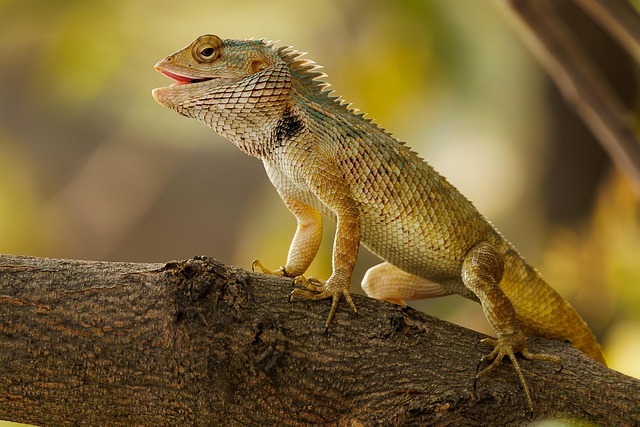
Incorporating native plants into your landscape design offers a wealth of benefits beyond aesthetic appeal. Proven money-saving garden tips include selecting native flora, which requires less water, fertilizer, and pest control compared to non-native species. This reduced maintenance translates directly into lower costs over time, making it an excellent investment for any homeowner looking to streamline their gardening expenses. For instance, a study by the US Department of Agriculture found that native plants can use up to 90% less water than cultivated lawns and ornamental shrubs, leading to significant savings on irrigation bills.
Additionally, native plants provide habitat and food for local wildlife, enhancing your garden’s biodiversity without extra effort or cost. This natural balance not only contributes to a healthier ecosystem but also creates a visually stunning landscape that requires minimal intervention. Case in point: The California Native Plant Society has documented numerous success stories of gardeners who have transformed their water-hungry lawns into vibrant native plant gardens, resulting in substantial savings and increased satisfaction from a more sustainable, low-maintenance outdoor space.
Optimize Costs: The Power of Native Gardens
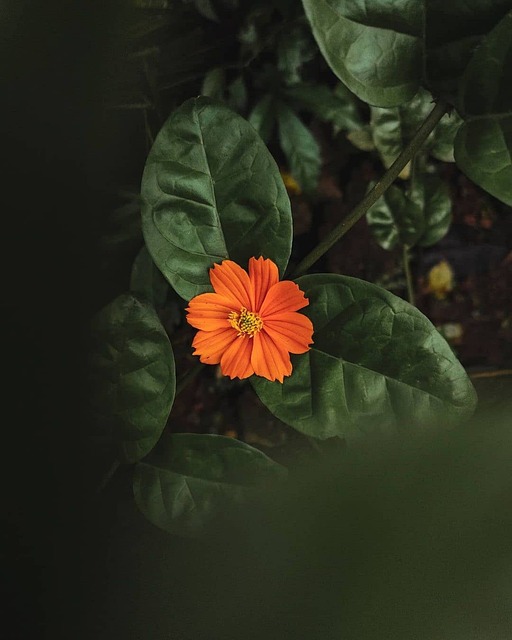
Incorporating native plants into your landscaping design is a powerful strategy to optimize maintenance costs and create a stunning garden. Native gardens offer a sustainable and low-maintenance approach that not only saves money but also fosters environmental health. By understanding the unique characteristics of your region’s flora, you can reduce the reliance on expensive and time-consuming upkeep. For instance, native perennials often require less water, fertilizers, and pesticides compared to non-native species, resulting in significant long-term savings for homeowners.
A study conducted by the Native Plant Society revealed that yards featuring indigenous plants attract local pollinators like butterflies and bees, reducing the need for artificial interventions. This natural process not only benefits wildlife but also ensures a thriving garden with minimal effort. Imagine a lush, vibrant garden that requires less frequent mowing, weeding, and pruning—a reality achievable through strategic native planting. These money-saving garden tips are not just trends; they represent a sustainable, aesthetically pleasing, and cost-effective approach to landscaping.
Trust in Nature: Low-Maintenance, High Results
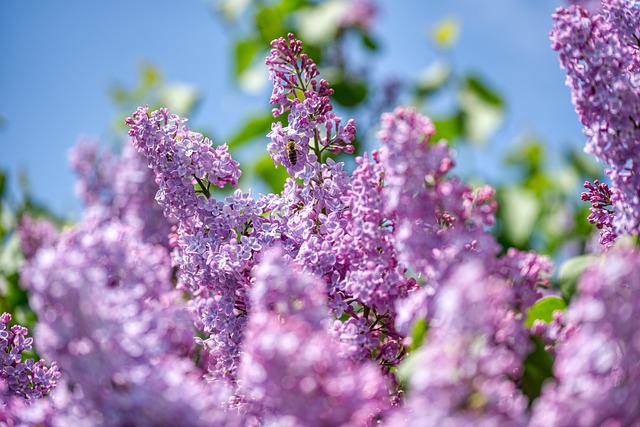
Incorporating native plants into your landscape design offers a remarkable blend of aesthetics and practicality, especially when it comes to maintenance. Nature has an innate ability to thrive with minimal intervention, and by harnessing this knowledge, we can create beautiful, low-maintenance gardens that save time and money. Native species are adapted to local conditions, requiring less water, fertilizers, and pesticides compared to non-native plants. For instance, in the United States, the National Wildlife Federation reports that using native plants can reduce water usage by up to 60%, a significant savings for homeowners and the environment alike.
A successful example of this approach is seen in urban areas where green spaces are limited. In Chicago, the city’s “Green Infrastructure Plan” promotes the use of native plants in parks and public gardens. This strategy not only reduces maintenance costs but also improves water quality, helps mitigate urban heat islands, and provides habitat for local wildlife. By trusting in nature’s capabilities, cities can create sustainable, low-maintenance gardens that enhance the overall well-being of their communities, proving that excellent results can be achieved with less effort and fewer resources—the ultimate money-saving garden tips.
Advanced Planting for a Money-Saving Yard
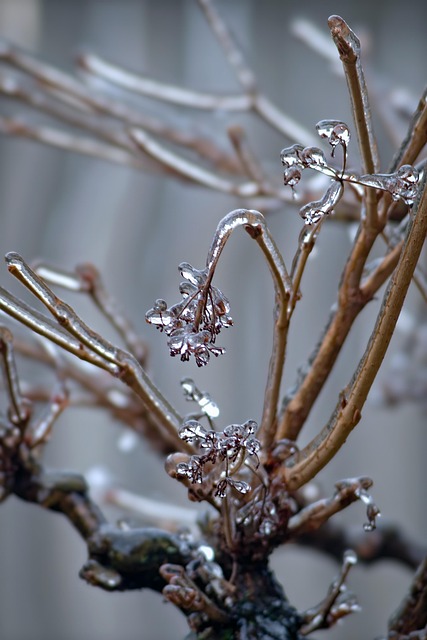
Incorporating native plants into your landscape design is a strategic move for anyone seeking a low-maintenance, beautiful yard that saves money in the long run. Native species are adapted to local conditions, requiring less water, fertilizers, and pesticides than non-native varieties. For instance, in regions with dry summers, choosing drought-resistant perennials like black-eyed Susan (Rudbeckia hirta) or wild bergamot (Monarda fistulosa) ensures a vibrant garden without excessive irrigation. This approach not only reduces utility bills but also fosters a healthier ecosystem by providing habitat for local wildlife.
Beyond water conservation, native plants offer exceptional resilience to pests and diseases, eliminating the need for chemical interventions. Consider the robust and fragrant lavender (Lavandula), which repels common garden pests while attracting beneficial insects like butterflies and bees. This natural balance not only cuts down on pest control expenses but also contributes to a more sustainable environment. Many successful homeowners have attested to significant savings in their yard care budgets after transitioning to native planting, enjoying the beauty of nature with far less effort and cost.
Incorporating native plants into your landscape design offers a powerful solution to reduce maintenance costs and create a beautiful, low-maintenance yard. As discussed in this article, proven methods like optimizing with native gardens and advanced planting techniques can lead to significant savings in the long run. By trusting in nature’s capabilities, you can achieve high results with minimal effort. Embrace these money-saving garden tips for a peaceful, sustainable outdoor space that requires less care and more enjoyment.
